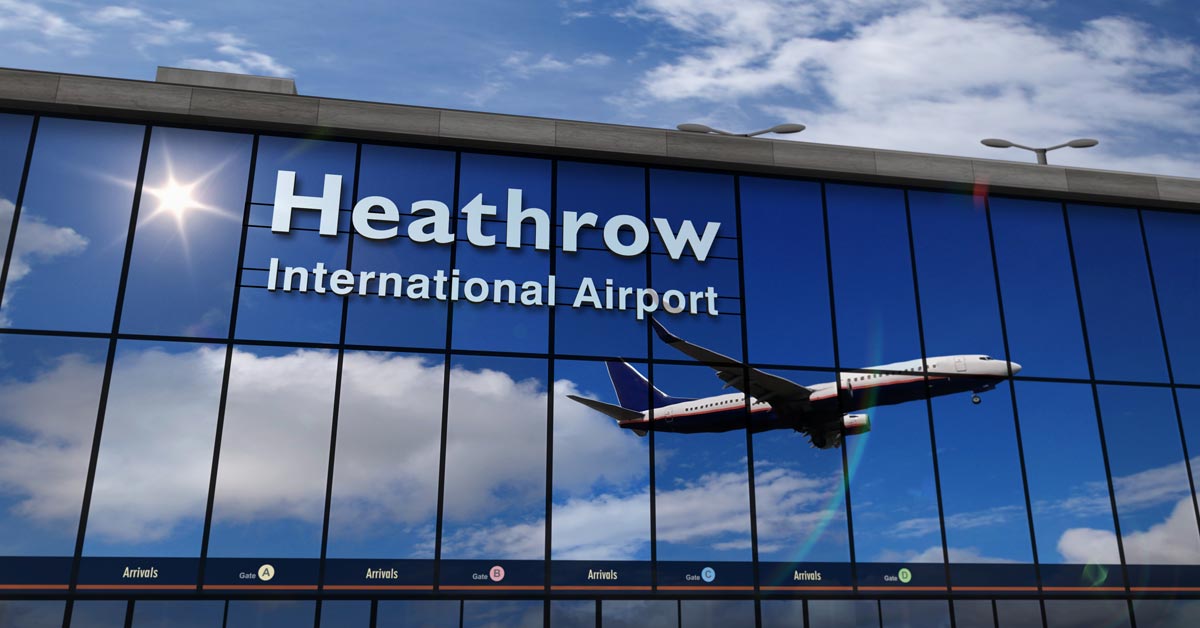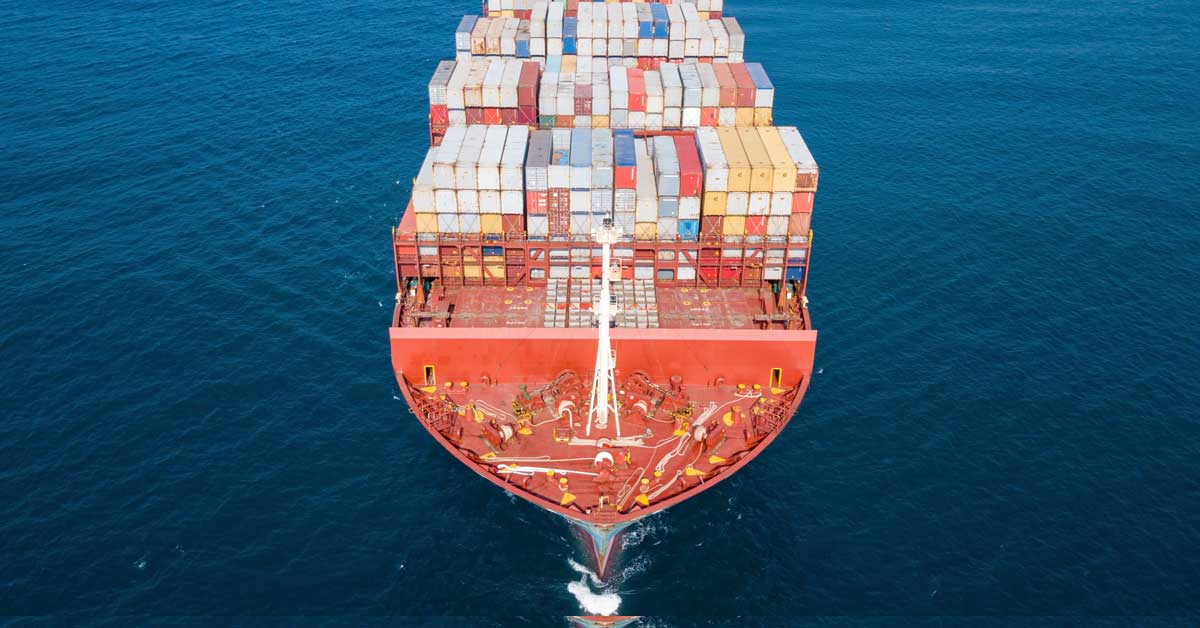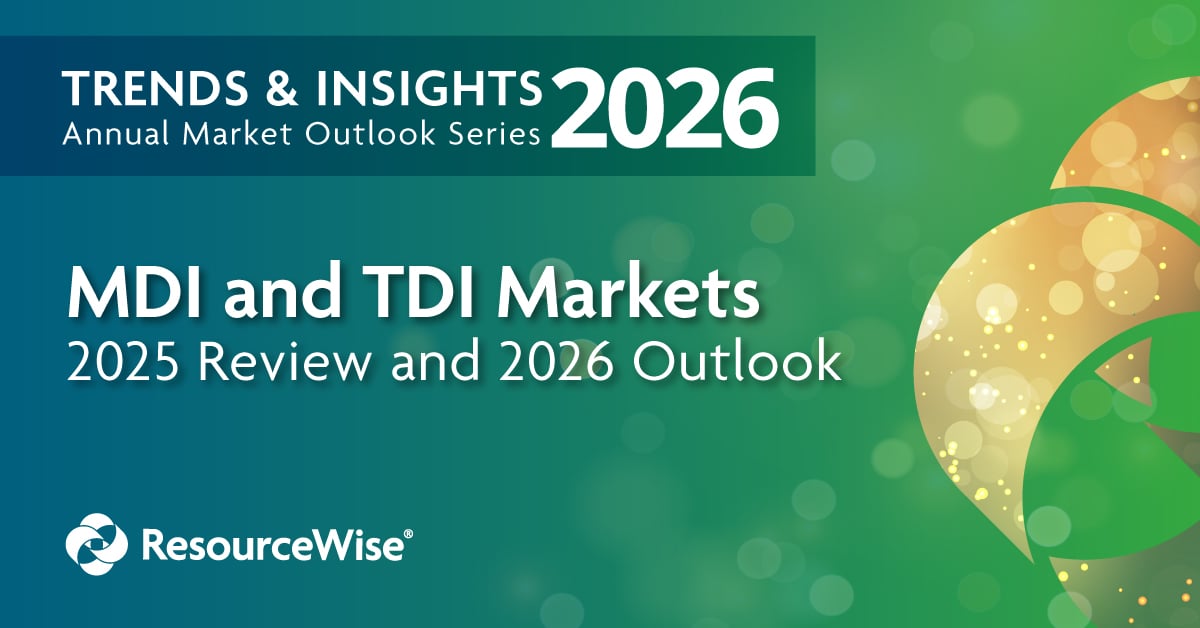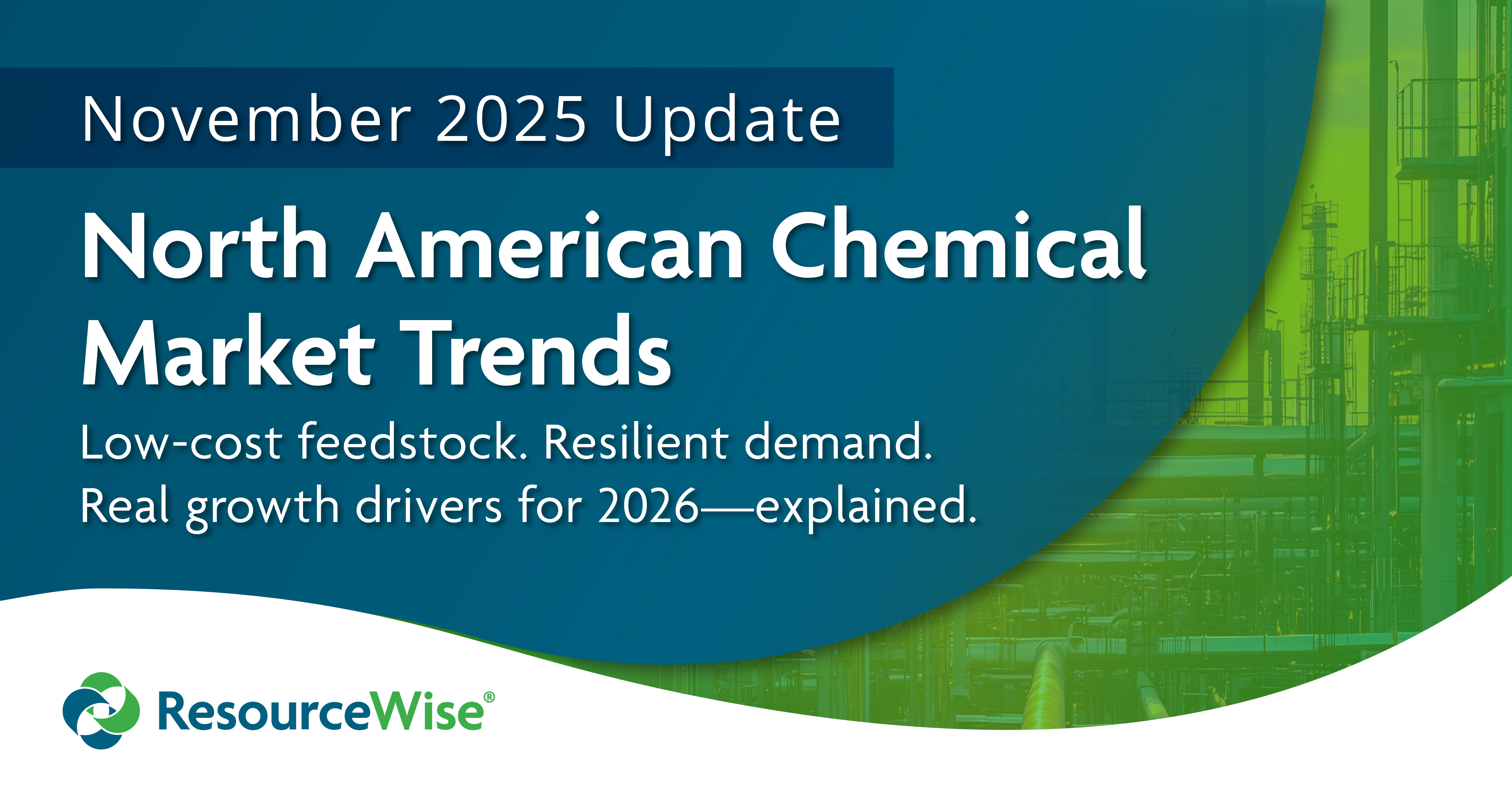
The UK’s first year under its Sustainable Aviation Fuel (SAF) mandate is already showing cracks. By mid-2025, SAF blending stood at just 1.29%, well short of the 2% target set for the year.
Unless uptake accelerates dramatically in the second half, the UK risks falling behind on one of its most visible decarbonization commitments.
What is at the root of this decrease? And how can the market turn production around?
Transparency a Driving Force in UK Renewables
When it comes to renewable fuels, the UK has long been recognized for its commitment to transparency.
Each year, the government releases five provisional Renewable Transport Fuel Obligation (RTFO) reports before publishing a final version. These reports don’t just track volumes. They go deeper, offering visibility into the 10 largest fuel suppliers and detailing exactly which fuels they are using.
The data covers fuel type, feedstock, country of origin, and carbon intensity, providing clarity across the industry and to the public. This openness is valuable for multiple reasons:
- It shows which fuels are achieving economic traction in the UK market.
- It provides taxpayers with evidence of where their money is going.
- And since biofuel costs ultimately flow through to the fuel pump, consumers can directly link what they pay with what emissions are saved.
A New Era: SAF Reporting Arrives
With the launch of the Sustainable Aviation Fuel (SAF) mandate in 2025, the Department for Transport (DfT) has expanded this model of transparency into aviation. A new SAF-specific report now tracks volumes and fuel types across:
- Fossil jet fuel
- Regular SAF (avtur)
- Regular SAF (avgas)
- Power-to-Liquid (PtL) SAF
While the first edition remains limited in scope, it is expected to evolve into a robust dataset comparable to the RTFO reports. It will offer deeper visibility into the sector’s progress.
SAF Uptake in 2025: Falling Behind the Curve
So far in 2025, the numbers paint a challenging picture:
- 75 million liters (60,000 tons) of regular SAF have been supplied.
- 5,739 million liters (4.59 million tons) of jet fuel have been consumed.
That equates to a SAF blending rate of 1.29%, which is well below the first-year mandate target of 2%.
If consumption trends don’t accelerate, the UK risks missing its compliance goals. With penalties for non-compliance set well above current SAF prices, it’s reasonable to expect blending to pick up as the year progresses.
Comparing 2024 and 2025: A Curious Decline
The comparison with 2024 is even more striking:
- By mid-June 2024, with no SAF mandate in place, consumption stood at 86 million liters.
- By mid-June 2025, under the mandate, consumption had dropped to 75 million liters.
Why would a mandate seemingly slow down adoption? The answer lies in policy design.
In 2024, SAF already benefited under the RTFO scheme, encouraging uptake even without binding obligations. Nevertheless, the decline raises questions about whether early mandate structures might be creating unintended headwinds.
What’s Needed to Meet 2025 Targets
Looking ahead, the gap to compliance is significant. If UK jet fuel consumption reaches 12 million tons, then about 240,000 tons (300 million liters) of SAF will be required to meet the 2% target.
With just 75 million liters supplied so far, an additional 225 million liters will need to be blended in the second half of the year.
The PtL Outlook: Waiting for Lift-Off
Zero volumes of Power-to-Liquid SAF have been delivered in 2025. This is not surprising as no commercial PtL facilities are yet online globally.
The UK’s PtL sub-mandate does not begin until 2028. For now, PtL would compete directly with HEFA pathways, which remain far cheaper to produce.
The Push to Avoid Penalties
The UK’s SAF transparency initiative is a welcome step in bringing accountability and visibility to aviation decarbonization. But the early data suggests that uptake is lagging behind targets, and that the second half of 2025 will need a sharp increase in SAF blending to avoid costly penalties.
For policymakers, producers, and airlines alike, the message is clear: ambition must now translate into delivery.
Register Now for On-Demand Webinar Covering the Biofuels Market
Join Mat Stone, VP of Low Carbon Fuels at ResourceWise, for Finding Feedstocks: Biofuels Outlook Q4 2025—an on-demand webinar that cuts through the noise and gives you a clear view of where the biofuels market is headed.
Stone unpacks the major forces shaping the year ahead, including:
- Global market dynamics influencing biofuel and feedstock availability
- Policy changes and new incentives transforming the low-carbon fuels ecosystem
- Rising decarbonization targets and the demand opportunities they’re creating
- Trade flow disruptions and what they mean for sourcing strategies
- Prima CarbonZero’s upstream outlook to help you stay ahead of the curve
With supply tightening, demand accelerating, and regulations shifting, clarity has never been more critical.
Watch the webinar today and get the insights you need to make confident, strategic decisions for 2026 and beyond.






